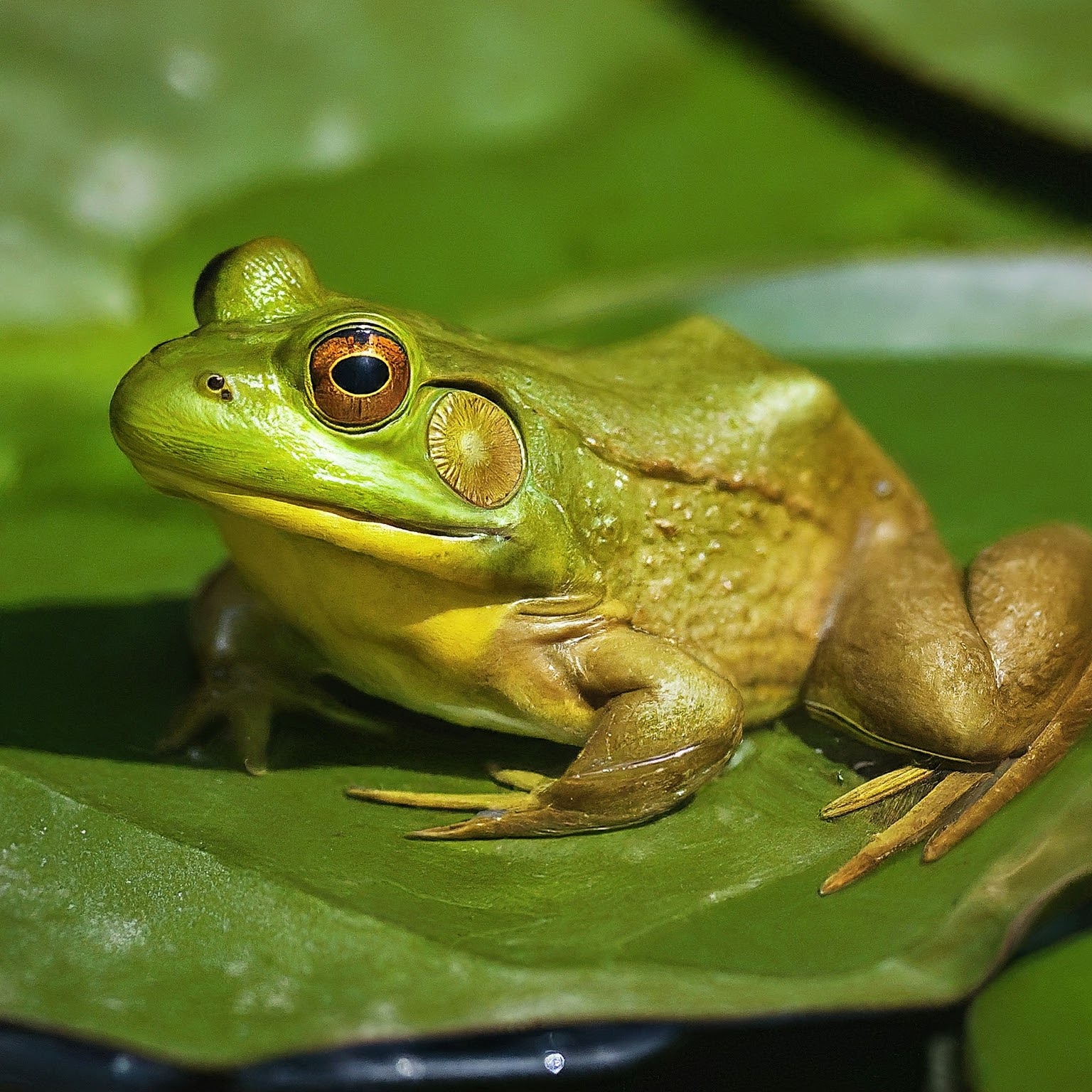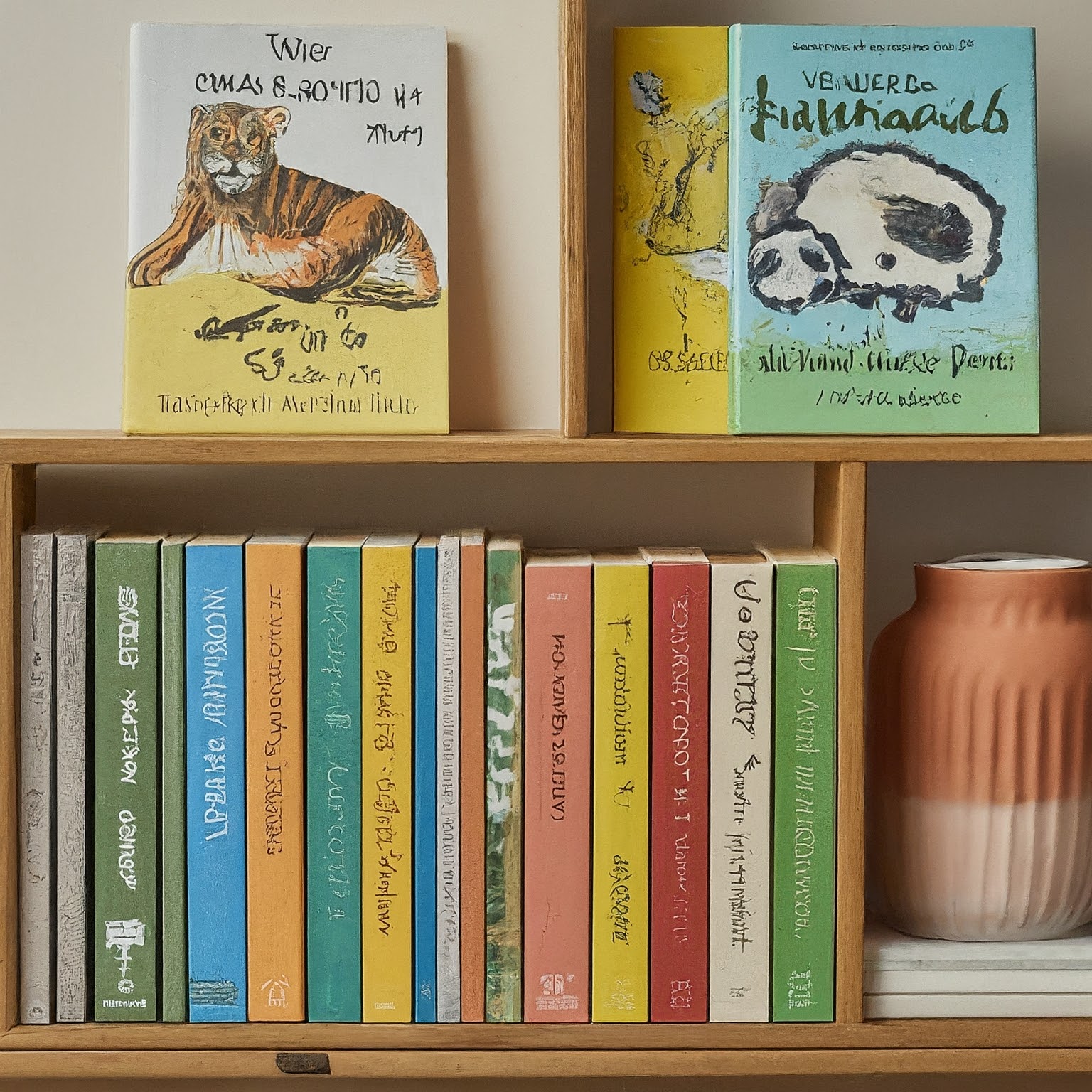Meet Dr. Stephanie Jones
Dr. Stephanie Jones is a widely respected pediatrician with over a decade of experience. She champions child safety and finds joy in creating engaging content to bridge the gap between fairytales and real-life experiences for young minds.
Fairytales & The Real World: A Balancing Act
Fairytales, those timeless tales woven with magic and wonder, are a cornerstone of childhood. They spark a child’s imagination, taking them on extraordinary adventures filled with brave heroes, cunning villains, and valuable lessons. But the fantastical world of fairytales, where talking animals and happily-ever-afters reign supreme, can sometimes blur the lines with reality, especially for young minds.
A recent incident involving children mimicking a popular fairytale scene (“The Princess and the Frog”) serves as a stark reminder of the importance of teaching children the difference between make-believe and the natural world. This event highlights the need to navigate the world of fairytales with an open mind, fostering both a love for storytelling and a healthy dose of real-world understanding.

The Great Kissing Caper: When Fairytales Go Awry
News headlines recently splashed reports of over 50 children across the United States landing in the hospital after attempting to recreate the iconic “kissing a frog” scene from a beloved fairytale. Inspired by the magical transformation depicted in the story, these curious youngsters came into contact with real frogs, leading to salmonella infections.
This incident underscores the potential dangers when fairytales are not accompanied by age-appropriate conversations. While fairytales offer endless entertainment and act as springboards for a child’s imagination, it’s crucial to equip children with the knowledge to navigate the real world safely.
Happily Ever After with a Dose of Reality: Safety Tips for Parents & Caregivers
So, how can we ensure that the magic of fairytales thrives alongside a healthy understanding of the world around us? Here are some practical tips for parents, teachers, and caregivers:
-
Open Communication is Key: Engage in open and honest conversations about the fairytales you read together. Explain the difference between fantasy and reality in a way that is easy for your child to understand. You can say something like, “In this story, the frog turns into a prince, but that’s magic! In real life, frogs don’t change into people.”
-
Focus on the Lessons: Fairytales are often brimming with valuable lessons that can be applied to everyday life. Discuss these lessons with your child, helping them understand themes like kindness, perseverance, and respect for all living beings. For instance, after reading “Cinderella,” you could talk about the importance of being helpful and hardworking.
-
Let’s Get Real About Animals: Educate children about the dangers of handling wild animals. Emphasize the importance of not touching creatures they encounter in nature, whether it’s a frog in the park or a raccoon in the backyard. Explain that wild animals can carry diseases and may bite or scratch if they feel threatened.
-
Embrace the Teachable Moment: Use real-life examples to reinforce safety messages. If you see a frog on your walk, take it as an opportunity to talk to your child about these fascinating creatures, but remind them to admire them from a safe distance.
Table: Fairytale vs. Reality: A Comparison
| Feature | Fairytale | Reality |
|---|---|---|
| Animal Interaction | Often portrayed as friendly and magical. Animals can talk and even transform! | Wild animals can carry diseases and may react defensively if approached. |
| Consequences of Actions | Actions rarely have negative consequences. Even if the hero makes a mistake, things usually work out in the end. | Our actions have real-world consequences. It’s important to think before you act. |
| Science & Nature | Not always depicted realistically. Magic often takes center stage. | Understanding the natural world is crucial for safety and appreciating the wonders that surround us. |

Beyond the Pages: Fostering a Love for Learning and Safe Exploration
While we want to ensure our children’s safety, it’s important not to extinguish their natural curiosity. Here are some ways to encourage a love for learning and safe exploration alongside fairytales:
- Visit a Zoo or Aquarium: Immerse yourselves in the wonders of the animal kingdom! Zoos and aquariums offer a safe and controlled environment to learn about different species and their habitats.
-
Read Non-Fiction Books: Balance out fairytales with engaging non-fiction books about animals. These books can provide fascinating details about frog biology, their role in the ecosystem, and the importance of protecting them.
-
Arts & Crafts Time: Get creative! Channel your child’s inner artist with frog-themed arts and crafts projects. This allows them to express their love for these amphibians in a safe and engaging way.
-
Turn Reading into a Playdate: Spark imaginative play by setting up a fairytale-inspired scene. Let your child dress up as a princess or a brave knight, but use plush toys or figurines instead of live animals.
-
Embrace the Power of “Pretend”: Encourage imaginative play where your child can act out fairytale scenes in a safe and controlled environment. This allows them to explore the storylines while understanding that it’s make-believe.
The Role of Technology: Balancing Apps and Engagement
Technology can be a powerful tool for learning, and there are many educational apps and games available that focus on animals and nature. However, it’s important to remember that screen time should be limited, and real-world experiences are irreplaceable.
-
Choose Educational Apps Wisely: Opt for apps that are age-appropriate and provide accurate information about animals. Look for apps that incorporate interactive elements, quizzes, or games to keep your child engaged.
-
Make it a Family Activity: Explore educational apps or nature documentaries together. This allows you to discuss the information presented and answer any questions your child may have.
-
Unplug and Explore: Encourage outdoor play and exploration. Take nature walks, visit parks, or plant a garden together. These real-world experiences can foster a deeper appreciation for the natural world and the creatures that inhabit it.
The Takeaway: Fairytales, Safety, and a Love for Learning
Fairytales can be a magical portal to a world of wonder and imagination. By fostering open communication, providing age-appropriate guidance, and encouraging safe exploration alongside fairytales, we can ensure that the magic continues to thrive. Remember, fairytales can act as springboards for learning, sparking curiosity about the natural world and the creatures that share it with us. With a little creativity and open conversation, we can bridge the gap between fantasy and reality, nurturing a love for learning and responsible interactions with the environment.
So, the next time you snuggle up with your child for a fairytale adventure, remember, it’s an opportunity to ignite their imagination while fostering a healthy understanding of the world around them. Let the happily ever after extend beyond the pages of the book, filled with a love for learning, respect for nature, and a commitment to safety.












